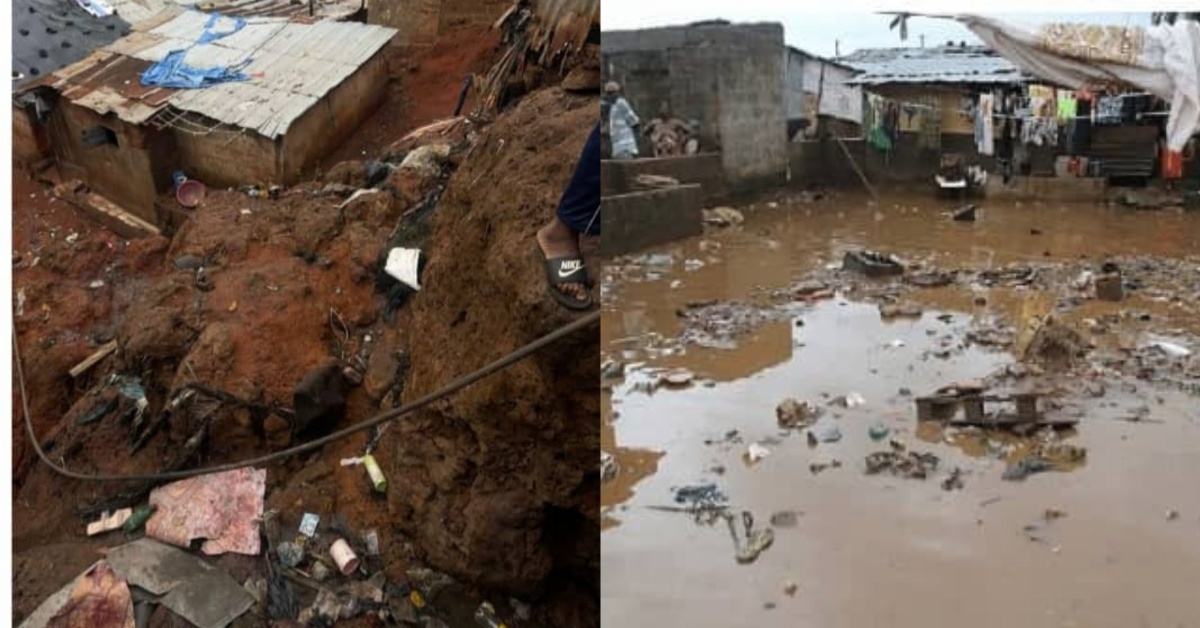Human Factors Driving Epic Climate Change in Sierra LeoneClimate change is having a profound impact on Sierra Leone, a country that faces significant challenges each rainy season.
The nation’s diverse topography, including lowlands, mountains, and forests, is particularly vulnerable to natural disasters such as landslides and flooding. These risks are exacerbated by human activities that contribute to environmental degradation.
Freetown, the capital city, is emblematic of the country’s struggle with climate change. Despite its natural beauty, the city suffers from the effects of unplanned and uncontrolled land use.
The city’s slopes, which are still evolving and unstable, are prone to mudslides and landslides, especially when human activities disturb the topsoil.
Rapid population growth in Freetown has further destabilized the climate. The city has struggled to accommodate a booming population, leading to a surge in informal housing construction and increased demand for resources.
Activities such as timber and firewood production, charcoal burning, and sand mining have contributed significantly to ecological hazards. These practices have compounded the impact of climate change, leading to severe environmental consequences.
The depletion of trees in watersheds has also heightened the risk of drought and water scarcity during the dry season, resulting in increased heat and reduced water availability.
The economic costs of disaster and recovery are substantial, affecting public health and wildlife, and exacerbating the ecological damage.
To address these challenges, it is crucial for Sierra Leone to adopt a new approach that prioritizes harmony with the environment and promotes sustainability. By weaving a new narrative focused on long-term ecological balance, the country can work towards a future where it thrives for generations to come.



 Post a comment
Post a comment 









